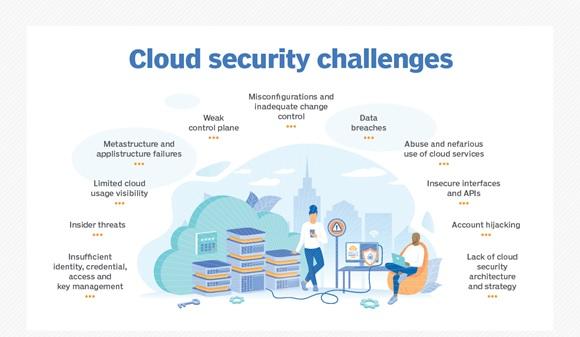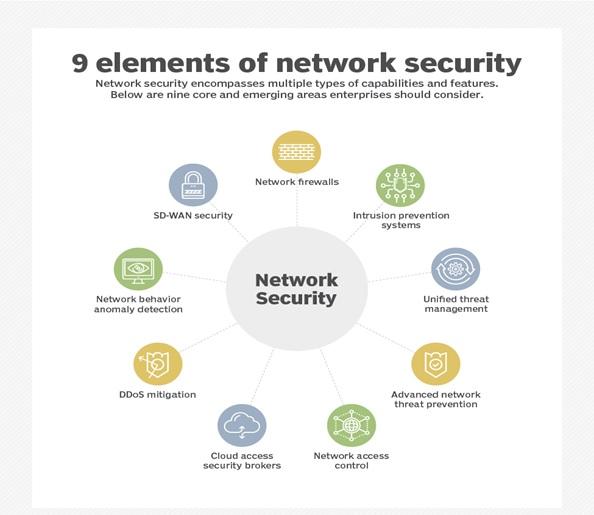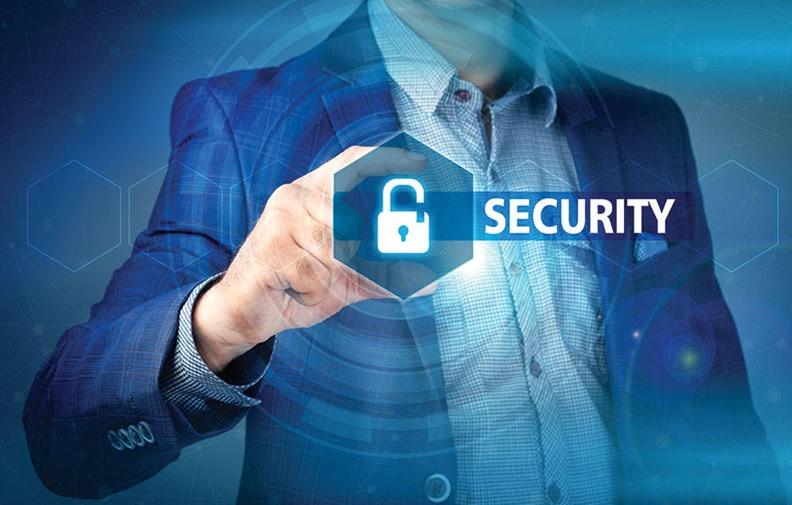What Does The Word Security Mean In The Field Of Information Technology?
Information Technology (IT) Security Refers To The Methods, Tools, And Personnel Used To Defend An Organization’s Digital Assets.
IT security aims to protect these assets, devices, and services from disruption, theft, or misuse by unauthorized users, otherwise known as threat actors.
These threats can be external or internal and malicious or accidental.
- An effective security strategy uses a range of approaches to minimize vulnerabilities and target many types of cyber threats. Identifying, preventing, and responding to security threats involves using security policies, software tools, and IT services.
- Unfortunately, technology innovation is also helping cybercriminals instead of just serving IT experts. Companies must regularly review, update, and improve security to protect infrastructure from cyber threats and cybercriminals to protect business assets.
- Information technology security consists of two physical and information fields.
Physical security
Physical security protects people, hardware, software, network information, and data against physical actions, intrusions, and other events that can harm an organization and its assets. Protecting the physical security of a business means protecting it from threatening factors and natural disasters such as fires, floods, earthquakes, and weather conditions.
A lack of physical protection can compromise the servers, devices, and tools that support business operations and processes. It is said that people in the group are a large part of the threats related to physical security.
Theft and vandalism are examples of human threats that require physical security solutions. Material security breaches don’t necessarily require technical knowledge, but they can be just as dangerous as data breaches.
Physical security has three parts:
- Access control
- Supervision
The success of an organization’s physical security program depends on the practical implementation, maintenance, and updating of each of these components.

Access control
Controlling access to office buildings, research facilities, laboratories, data centers, and other locations is critical to physical security. An example of a physical security breach is an attacker entering an organization using a universal serial bus (USB) flash drive to copy and steal data or inject malware into systems.
Access control aims to record, monitor, and limit the number of unauthorized users interacting with sensitive and confidential physical assets. Access control can be as simple as barriers such as walls, fences, and locked doors. Physical identification is a great way to authenticate users trying to access devices and areas reserved for authorized personnel. Badges and critical codes are also part of an effective physical access system.
More sophisticated methods of access control include various forms of biometric authentication. Fingerprint and facial recognition are two examples of typical applications of this technology. These security systems use biometrics or unique biological characteristics to authenticate authorized users.
Supervision
- Surveillance includes technologies and tactics used to monitor activity in and around facilities and equipment. Cameras, thermal sensors, motion detectors, and security alarms are a few examples of surveillance technology. Many companies install CCTV cameras to secure their building environment. These cameras are a deterrent against intruders and a tool for incident response and analysis.
Testing
- Testing is a reliable way to increase physical security. Companies with solid security protocols test their policies to see if they need to be updated or changed. Such tests can include red teaming, where a group of ethical hackers attempts to penetrate a company’s cybersecurity protocols.
Information security
- The above approach includes managing processes, tools, and policies that protect digital and non-digital assets. Information security is also known as infosec. Implementing infosec can maximize an organization’s ability to prevent, detect, and respond to threats.

Infosec includes the following groups of security technologies:
Application security protects applications against threats that seek to manipulate, access, steal, modify, or delete software and associated data. Application security combines software, hardware, and policies called countermeasures. Common countermeasures include application firewalls, encryption, patch management, and biometric authentication systems.
Cloud security refers to policies and technologies designed to protect data and infrastructure in a cloud computing environment. Two critical cloud security concerns are identity and access management and data privacy. Penetration testing, network infrastructure maintenance, detection of man-in-the-middle (MitM) attacks, and application scanning are some of the tools that infosec professionals use to secure and maintain information confidentiality.
Cloud security is a shared responsibility between the cloud service provider (CSP) and the customer or business that leases infrastructure such as servers and storage space. A legal gray area in cloud security can occur if CSP agreements are poorly executed. For example, if a customer’s server is compromised by cybercriminals accessing another customer’s server, who is to blame?
Endpoint security requires that network nodes meet specific security standards, such as the Federal Information Security Modernization Act, before establishing a secure connection. End-node devices include PCs, laptops, tablets, smartphones, and equipment such as point-of-sale terminals, barcode readers, sensors, and Internet of Things (IoT) devices.
Internet security protects applications, web browsers, and virtual private networks that use the Internet. For example, techniques such as encryption, data protection against malware attacks, phishing, MitM, and denial of service attacks fall into this group.
Mobile security is also known as wireless security. It protects mobile devices such as smartphones, tablets, and laptops and the networks they connect to from theft, data leakage, and other attacks.
Network security protects infrastructure and connected devices against unauthorized access, malicious use, and modification threats.
Supply chain security protects the network between a company and its suppliers, who often have access to sensitive information such as employee information and intellectual property. The 2020 SolarWinds data breach showed how vulnerable organizations could be if poorly monitored supply chain channels. SolarWinds is an IT company that manages customer networks and systems and provides access to customers’ IT infrastructure. When hackers broke into SolarWinds’ update server, they were able to install a virus that acted as a digital backdoor to customer systems and data.
Concepts and principles of information technology security
Some basic concepts form the basis of information technology security. Some of the most important ones are as follows:
Application Lifecycle Management: This protects all phases of the application development process by reducing the number of bugs, design flaws, and configuration errors.
Defense in depth: A strategy that uses multiple countermeasures simultaneously to protect information. These methods include endpoint detection and response, antivirus software’s response to threats, and countermeasures against illegally installed devices. Defense in depth is based on the military principle that it is difficult for an enemy to penetrate a multi-layer defense system rather than a single layer.
Patch management and updates:
The Codes to fix problems in applications, operating systems, and firmware provided by the manufacturer.
Principle of Least Privilege: This principle strengthens IT security by limiting user and application access to the lowest level of access rights required to perform their tasks or functions.
Risk Management: Identifying, assessing, and controlling security risks that threaten an organization’s IT environment.
Vulnerability management: With this approach, security managers identify and classify vulnerabilities to minimize their number in the infrastructure and reduce security weaknesses in information technology.
The mentioned items are some of the essential concepts and principles of security and information technology. However, combining all these security principles does not guarantee 100% that an organization’s IT infrastructure is entirely secure. Cyber threat is a significant problem facing every IT security manager and business. However, organizations can defend against physical and infosec security threats by deploying a comprehensive security strategy.
Cyber security vs. infosec
Due to the intersection of information security with endpoint, IoT, and network security, it cannot be easy to separate information security from cybersecurity.
However, there are distinct differences. One difference is geopolitical issues. Cybersecurity can refer to defense mechanisms that protect a country or a government’s data from cyber warfare. It is because cyber security involves protecting data and related technologies from threats.
On the other hand, information security focuses on ensuring the availability of information, confidentiality, and integrity.

